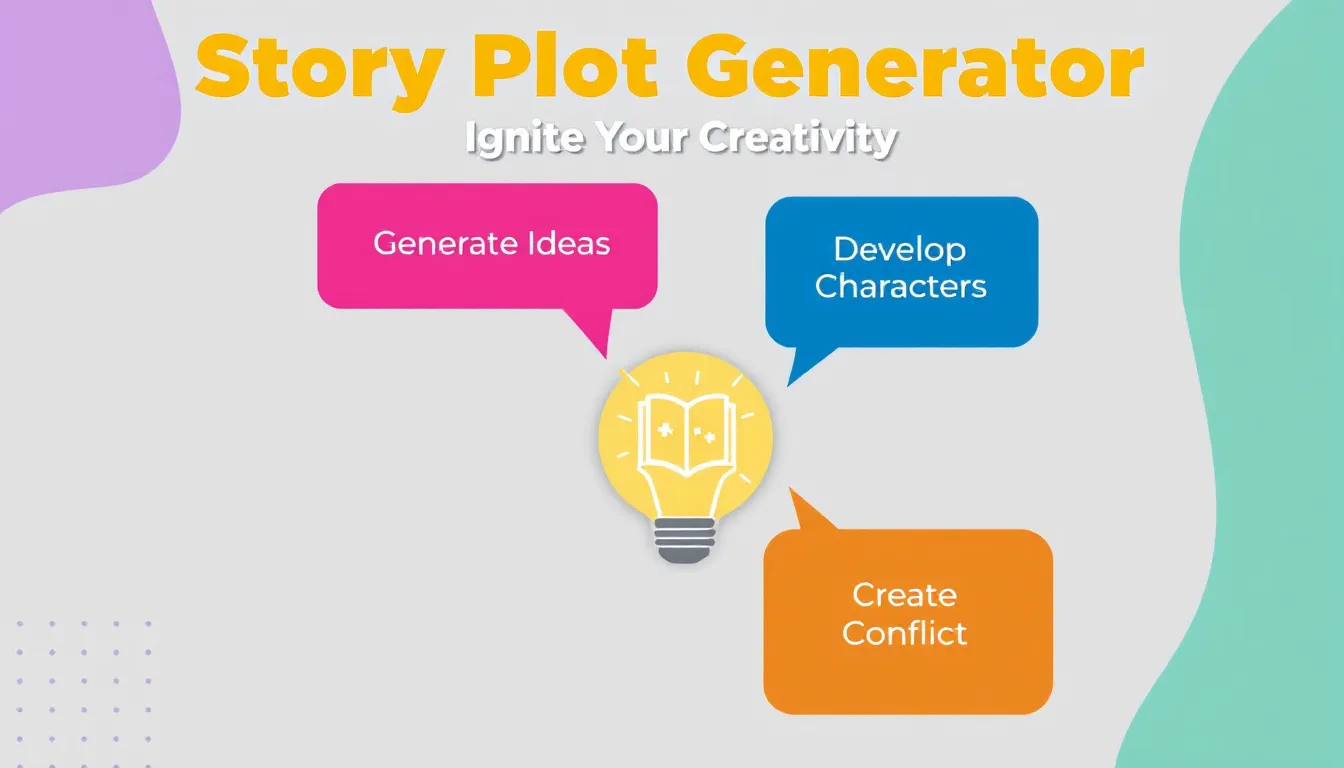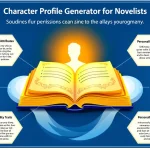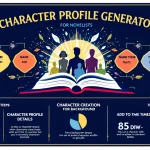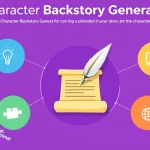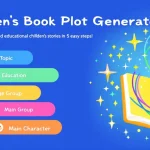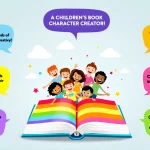Story Plot Generator
Is this tool helpful?
How to Use the Story Plot Generator Effectively
You can quickly create captivating story plots by providing some key details about your story idea. Follow these simple steps to get the most out of the Story Plot Generator:
- Enter the main topic or theme: Describe the central concept of your story, such as “Lost civilization in the desert” or “Cybersecurity threat in the near future”. This sets the foundation for the plot.
- Specify the target audience: Identify who will read your story. Examples include “Young adult fantasy fans” or “Historical fiction enthusiasts aged 30-50”. Tailoring the audience helps shape tone and style.
- Describe the main character(s): While optional, adding a brief description helps personalize the plot. Try inputs like “A rebellious teenager with a mysterious past” or “A retired detective haunted by an unsolved case”.
- Set the desired story length: Indicate whether your story is a “Short story”, “Graphic novel”, or “Full-length novel series”. This guides the generator to adjust the scale of the plot.
- List key themes or messages: Add themes you want to explore, such as “Redemption and forgiveness” or “The dangers of artificial intelligence”. This steers the narrative in meaningful directions.
- Generate the plot: Click the generate button to receive a tailored story plot that combines your inputs into a unique narrative outline.
- Review and refine: Read the generated plot carefully. Take note of ideas you want to expand or adjust to fit your vision.
- Copy and save: Use the provided option to copy your generated plot. Keep it handy for further development or inspiration in your writing process.
By following these steps, you streamline your creative workflow, getting inspired and structured story ideas that fit your unique style and goals.
What Is the Story Plot Generator and How It Benefits Writers
The Story Plot Generator is an interactive online tool designed to help writers jumpstart their creative process. It generates original story outlines based on your input, blending themes, characters, and narrative elements into engaging plot ideas.
This tool saves you time and helps you overcome writer’s block by providing a starting point tailored to your preferences. Whether you are a novelist, screenwriter, game developer, or content creator, this generator supports your storytelling journey by sparking fresh narrative concepts.
Key Benefits of Using the Story Plot Generator
- Kickstarts creativity: It provides structured inspiration, helping you move from a vague idea to a concrete plot outline.
- Customizable output: By integrating your inputs about characters, themes, and audience, it creates plots that suit your specific story goals.
- Saves time: It reduces the time spent brainstorming by quickly offering well-formed story ideas.
- Improves storytelling: You learn to recognize strong plot elements and structure by reviewing generated outlines.
- Supports various formats: Works for novels, short stories, scripts, video game narratives, and more.
How the Plot Generator Creates Unique Story Ideas
The algorithm behind the generator analyzes your inputs—such as the central theme, target audience, and character traits—then combines these with classic narrative structures and storytelling devices to craft distinctive plot outlines. This fusion of user detail and expert storytelling principles ensures the results are both creative and coherent.
Using this tool, you receive plots that balance originality with structure, easing the transition from concept to execution.
Practical Applications of the Story Plot Generator
This tool fits well into many aspects of storytelling and content creation. Here are some practical ways to use the Story Plot Generator:
For Novels and Short Stories
- Develop new, engaging story ideas for your next book or collection.
- Create subplots or character arcs to add depth to existing projects.
- Explore genres and themes you haven’t tried before.
For Screenwriters and Playwrights
- Generate foundational plotlines to structure your screenplay.
- Experiment with conflict and character dynamics quickly.
- Expand your narrative with fresh twists and genre blends.
For Game Developers and Interactive Story Creators
- Build compelling story paths that engage players.
- Design characters and themes that fit your game’s tone.
- Develop branching narratives incorporating multiple themes.
For Educators and Writing Coaches
- Provide students with practical examples of plot structure.
- Use generated plots as prompts for writing exercises.
- Demonstrate how different story elements work together.
Example Story Plots Created by the Generator
Example 1: Mystery Thriller for Adult Readers
Input:
- Topic: “Small-town secrets”
- Audience: “Adult mystery readers”
- Main Character: “An investigative journalist with a troubled past”
- Length: “Full-length novel”
- Themes: “Corruption and redemption”
Generated Plot Overview:
In a quiet town overshadowed by decades of hidden crimes, a determined journalist returns to uncover the dark truth behind a series of suspicious deaths. Battling her own inner demons, she must expose corrupt figures while grappling with the possibility that her family is involved. As danger mounts, the lines between friend and foe blur, leading to a climactic revelation that could change the town forever.
Example 2: Fantasy Adventure for Teens
Input:
- Topic: “Quest to reunite magical realms”
- Audience: “Teen fantasy lovers”
- Main Character: “A spirited orphan with latent powers”
- Length: “Young adult novella”
- Themes: “Friendship and self-discovery”
Generated Plot Overview:
An orphaned teen sets out to bring together fractured magical kingdoms before a dark force consumes them all. Along the way, she discovers her own hidden powers and forges unexpected alliances. Facing both personal doubts and external threats, she learns the meaning of trust and courage in her journey to restore balance to the realms.
Unlock Your Storytelling Potential
The Story Plot Generator helps you transform your initial ideas into structured plots quickly and efficiently. With just a few inputs, you receive creative, well-tailored story outlines that spark your imagination and keep your storytelling on track. Use it to explore new genres, build strong narratives, and overcome creative blocks, all while honing your writing skills.
By integrating this tool into your writing routine, you gain a reliable partner that supports your journey from idea to finished story.
Important Disclaimer
The calculations, results, and content provided by our tools are not guaranteed to be accurate, complete, or reliable. Users are responsible for verifying and interpreting the results. Our content and tools may contain errors, biases, or inconsistencies. Do not enter personal data, sensitive information, or personally identifiable information in our web forms or tools. Such data entry violates our terms of service and may result in unauthorized disclosure to third parties. We reserve the right to save inputs and outputs from our tools for the purposes of error debugging, bias identification, and performance improvement. External companies providing AI models used in our tools may also save and process data in accordance with their own policies. By using our tools, you consent to this data collection and processing. We reserve the right to limit the usage of our tools based on current usability factors.
